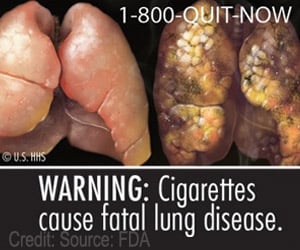In the liver associated with excessive alcohol consumption, specifically binge drinking, two brain proteins help regulate fat accumulation, stated new research.

‘Brain not only underlies the effects of alcohol binging on cognition, emotions and physical coordination, but that it also mediates the metabolic effects of alcohol, specifically the acute development of hepatic steatosis. ’





Alcohol also stimulates the activity of neurons that express Agouti-related protein (AgRP) and increases their expression of AgRP. AgRP neurons in a brain region called the hypothalamus coordinate body weight regulation (including the overeating that often occurs with heavy drinking) and control the autonomic nervous system, which plays a role in regulating liver function. In this new study, researchers explored the dual roles of the A2B receptor and AgRP in the development of liver fat buildup in response to binge-like alcohol consumption in mice. The research team studied multiple groups of mice, including:
one group lacking AgRP,
a second group lacking the A2B receptor in the brain, and
a third group lacking the A2B receptor only in its AgRP neurons.
Advertisement
By highlighting the ability of the brain to respond to alcohol through internal signals, including adenosine and AgRP, this work may potentially reveal new targets that may help curb liver damage associated with alcohol excess.
Advertisement















